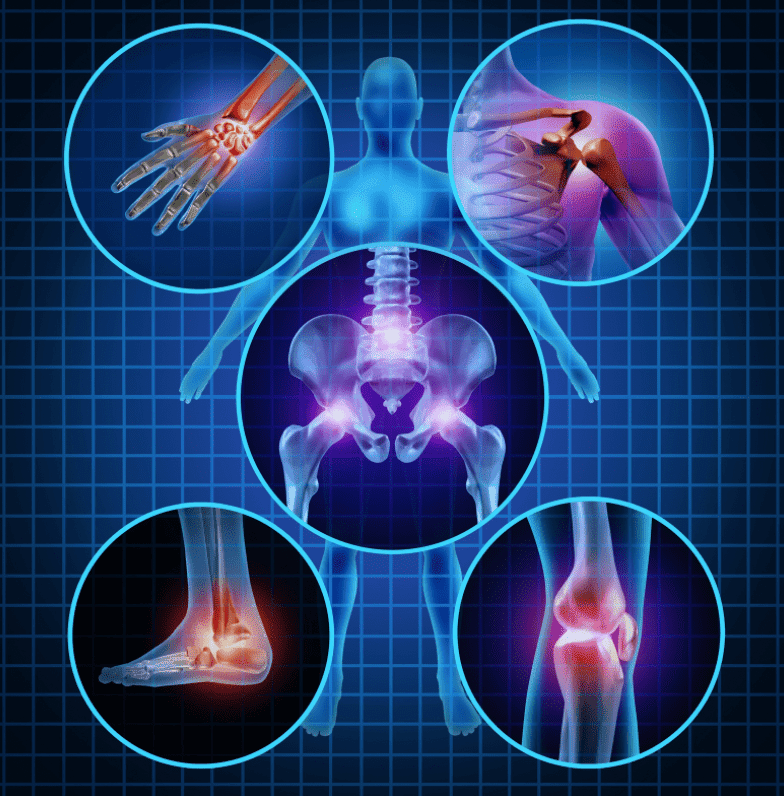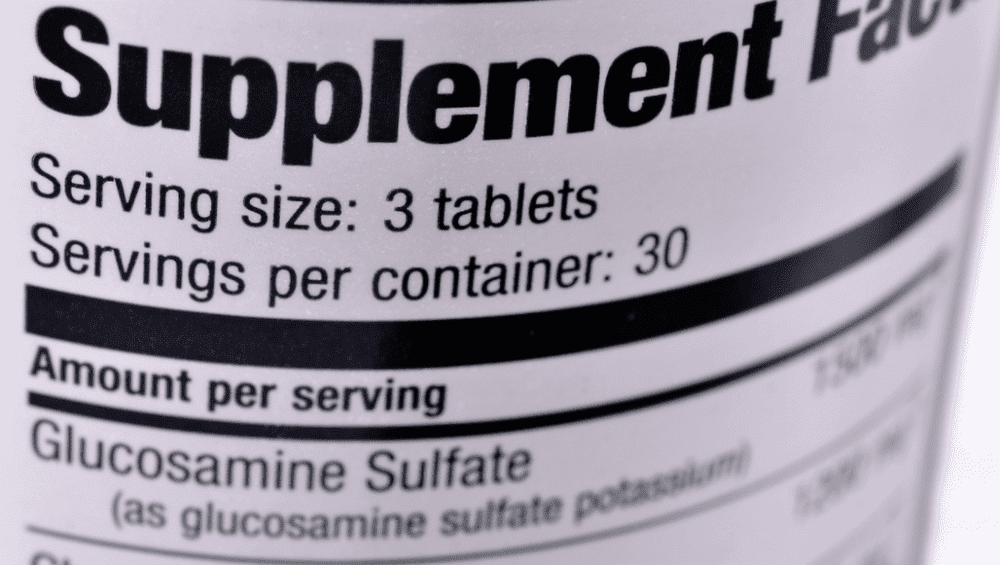Your Guide to Glucosamine
Your Guide to Glucosamine
Glucosamine is one of the most common supplements people take for sore joints. It’s popular among both heavy-lifting bodybuilders and aging populations.
Here’s what you need to know about this supplement:
What Is Glucosamine?
Glucosamine is an amino sugar that is a major component of the cartilage in your body and is the most commonly used supplement for joint health. It is often made of chitin, a substance in the shells of shellfish, but can also be derived from certain plants like seaweed, corn, and wheat.
How Is Glucosamine Taken?
Glucosamine supplements in powder or capsule form are usually taken daily at a dosage of 1500-2000 milligrams, which can be distributed into multiple doses throughout the day. It is also often sold in small ready-to-drink bottles. Capsules are the preferred method.
What Are The Benefits?
Studies have shown that a glucosamine supplement can help delay the progression of joint arthritis and pain associated with osteoarthritis. It also maintains the function of the joint.
Why Do I Need Glucosamine?
Glucosamine is used in the body as a lubricant or shock absorber. When supplementary glucosamine is taken, fibrotic articular tissues begin to heal, improving the potential diffusion of glucose and amino acids through joint capsules and membranes.
A lack of adequate glucosamine would result in joints feeling sorer after a hard workout, or your knees getting stiff after cardio. Over an extended period of time of continuous wear and tear, it’s possible to develop osteoarthritis.

The Types of Glucosamine Sources
As far supplementation goes, there are four possible sources of glucosamine: Glucosamine Hydrochloride, Glucosamine Hydroiodide, N-acetyl Glucosamine, and Glucosamine Sulphate. However, only the sulfate and hydrochloride (HCL) versions are recommended. These two glucosamines are actually identical in their effects, but the hydrochloride version is more cost-effective as it is a richer source of glucosamine. In fact, the percentage of pure glucosamine in these two common forms is 83% in the HCL version compared to 65% in the sulfate version.
After oral administration, glucosamine sulfate is split into glucosamine and a sulfate ion so the effects are identical and it doesn’t matter whether you take the HCL or sulfate version.
Conclusion
Glucosamine supplementation is proven to help joints and really should be a supplement for any athlete.
Glucosamine supplements have been utilized safely for decades. The results suggest there are general positive impacts on joint health and pain across a range of individuals of various ages, health, and training statuses.
Be sure to talk with your doctor about any potential interactions with medications.







